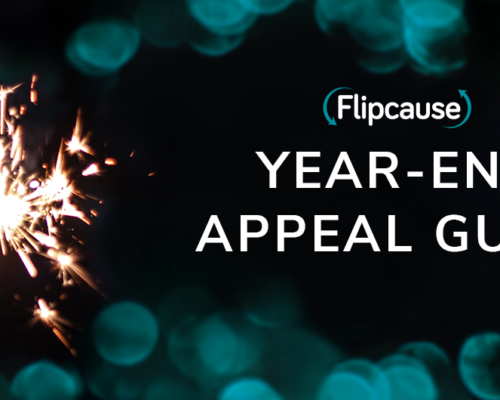The Art of the Ask: Crafting a Winning Major Gifts Strategy
In the world of nonprofit fundraising, major gifts stand as a cornerstone, providing substantial financial support that can significantly impact an organization’s ability to serve its mission. A major gift is typically defined as a large donation, the size of which varies depending on the organization’s size and context, but is always significant enough to warrant special attention. The importance of major gifts can’t be overstated; they often represent the bulk of a nonprofit’s fundraising revenue, supporting large-scale projects and operational stability. Identifying potential major donors is a nuanced process, requiring a deep dive into an organization’s existing donor base and beyond to pinpoint individuals capable of making transformative contributions.
Major Gift Fundraising Phases and Strategies
1. Spotting Your Potential Major Donors
Scrub Your Donor Database
The first step in identifying major donors is ensuring your donor database is accurate and up-to-date. Regular maintenance removes outdated information, helping to highlight potential major gift donors hidden within your records.
Research Your Prospects
Prospect research involves analyzing existing and potential donors’ capacity to give, affinity for your cause, and their philanthropic history. This research helps prioritize outreach efforts towards those most likely to give major gifts.
Leverage Your Donor Database
Often, your next major donor is already familiar with your organization. Analyzing giving patterns and engagement within your current donor base can reveal individuals who may be ready to increase their support.
Revisit Planned Giving Donors
Those who have included your organization in their estate plans are demonstrating a deep commitment to your cause and might be approached for a major gift during their lifetime.
2. Nurturing Potential Major Donors
Designate a Major Gifts Champion
A dedicated major gifts officer can develop and maintain close relationships with potential major donors, ensuring personalized attention and engagement.
Value Face-to-Face Interactions
Personal meetings are invaluable for building relationships with potential major donors. These interactions provide insights into the donors’ motivations and interests, allowing for more tailored engagement strategies.
Reach Out to Your Network
Utilize your organization’s board members, existing major donors, and other connections to introduce potential donors to your cause, leveraging their networks to expand your reach.
Tune Into Their Motives
Understanding why a donor is passionate about your cause allows you to align your ask with their interests, increasing the likelihood of a major gift.
3. The Big Ask For Major Donors
Insightful Requests
Each major gift ask should be informed by thorough research into the donor’s capacity and willingness to give, ensuring the request is realistic and respectful of the donor’s potential.
Craft a Specific Ask
Major donors appreciate knowing how their gift will be used. Providing clear, compelling reasons for your ask, tied to specific projects or initiatives, can enhance the effectiveness of your solicitation.
Have a Backup Plan
Be prepared to adjust your ask based on the donor’s response. Having flexible options allows the conversation to continue, even if the initial request is beyond their current capacity.
Ace Your Pitch
A well-rehearsed solicitation, delivered confidently and with genuine passion, can make a significant difference in the donor’s response.
4. Caring for Your Major Donor Heroes
Express Gratitude Promptly
Prompt, heartfelt acknowledgments of major gifts set the tone for an ongoing relationship, demonstrating your organization’s appreciation and respect for the donor’s generosity.
Create a Major Donor Family
Creating an exclusive group for major donors can foster a sense of community and exclusivity, offering unique benefits and recognition that acknowledge their significant contributions.
Offer One-of-a-kind Engagement Opportunities
Offering major donors special opportunities to engage with your work, such as behind-the-scenes tours or meetings with beneficiaries, can deepen their connection to your cause.
Always Look to Improve
Continuously seek feedback from your major donors on their experiences and look for ways to enhance your stewardship practices, ensuring they feel valued and engaged over the long term.
Bringing It All Together
Implementing a major gifts strategy is a dynamic, multi-faceted process that requires careful planning, personalized engagement, and ongoing stewardship. For nonprofit leaders, understanding the nuances of each phase—from identification to cultivation, solicitation, and stewardship—is critical to harnessing the transformative potential of major gifts. By adopting a strategic approach to major gifts, nonprofits can secure the vital funding needed to advance their missions and make a lasting impact in the communities they serve.




